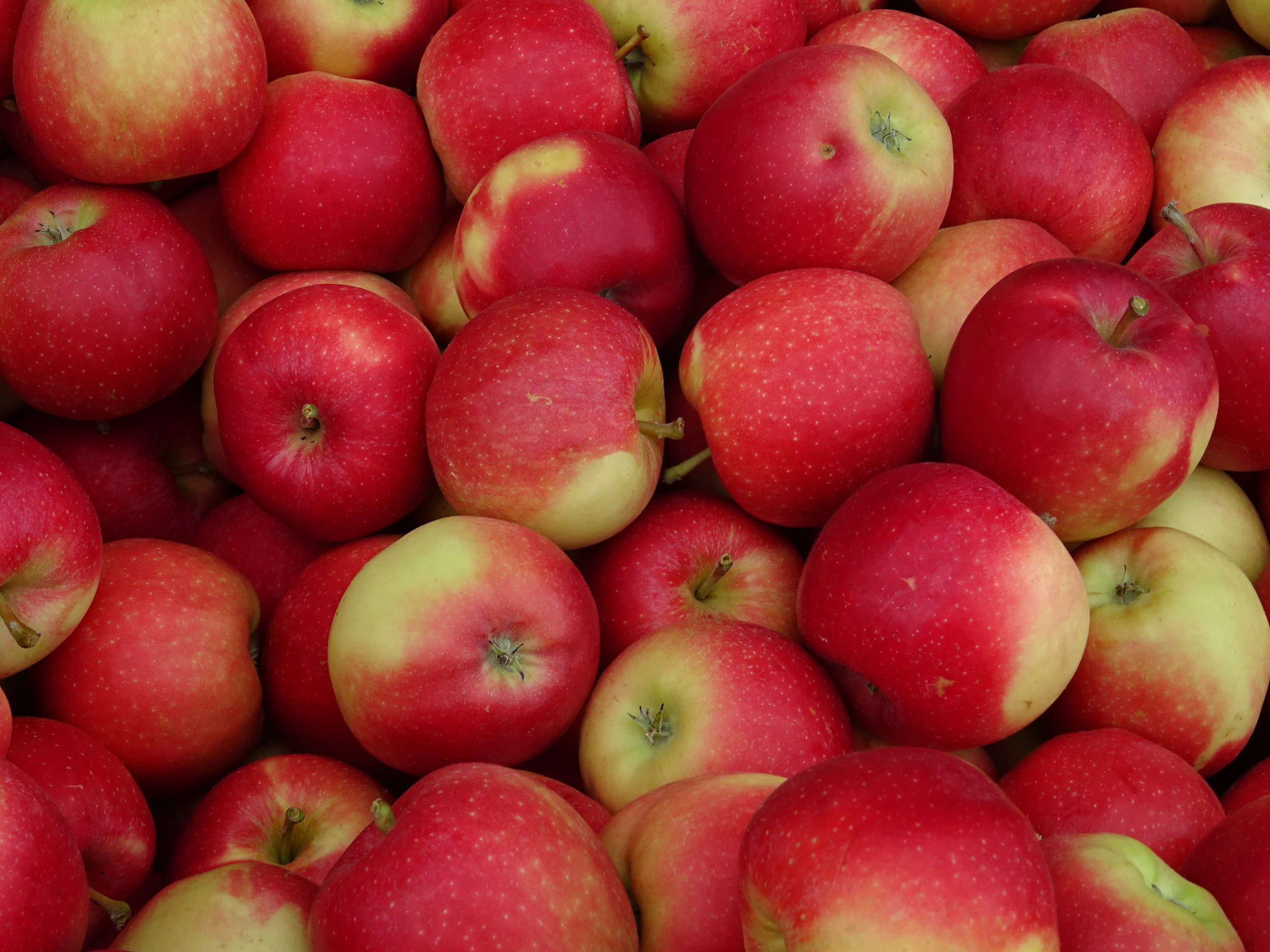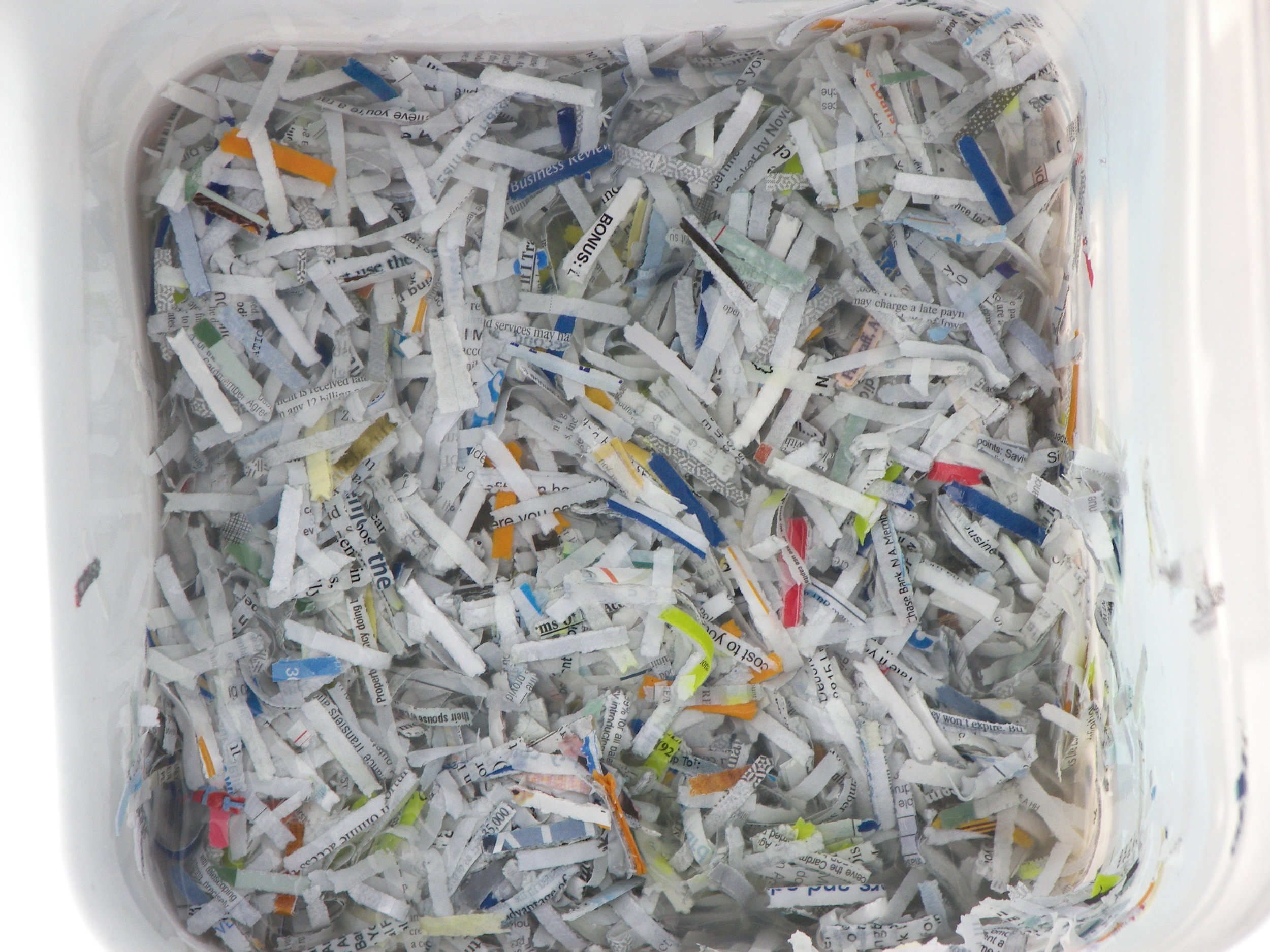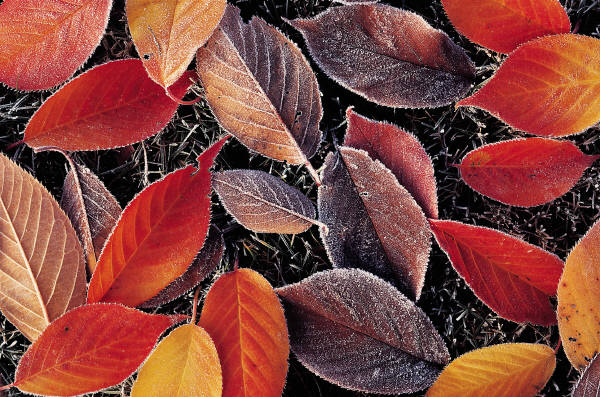Composting food and yard waste is a great way to reduce your waste that is collected and headed for the landfill. You can buy composting containers, or make one yourself, ranging from simple to complex designs. Here are two examples of very simple designs.
In nature, nutrient recycling is key to the ongoing success of plants and animals. Decomposers such as insects and fungi breakdown plant and animal wastes and dead materials to be used again in the future.
Supplies
Option 1: Plastic container composter
Large plastic bin
Drill
Option 2: Wire cage composter
Chicken wire
3 or 4 wood stakes (same length as width of chicken wire)
Staple gun and staples
Instructions
Plastic container: Use a drill to drill holes into the bottom and the lid of your plastic container.
Wire cage: Roll out your wire. Staple both ends onto one wood stake, forming a tube shape. Space out the remaining stakes and staple these to the wire to help support the wire.
Start filling your compost bin with compostable materials. Alternate browns (leaves, shredded paper, etc) and greens (food scraps, coffee grounds, etc). Add water to your compost bin to keep it moist. Ensure the browns and greens get mixed together.
After a few months, you can take out compost from the bin and spread it onto your garden.
Ask Yourself
What happens to the food scraps, leaves and other things you put into your compost bin? How do they break down?
Using a compost bin can help reduce the amount of waste you produce. What are some other things you can do to reduce the amount of garbage that goes to the landfill?
Learn More
Visit the City of Edmonton's website for more information about composting, including other compost bin designs and tips for creating compost.
Parent Notes
Adults 18 years and older can become a Master Composter Recycler with the City of Edmonton





